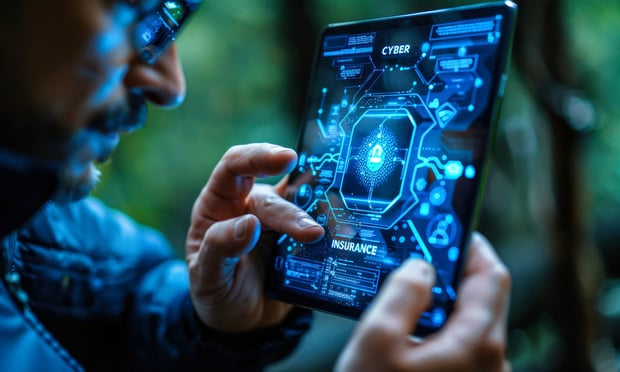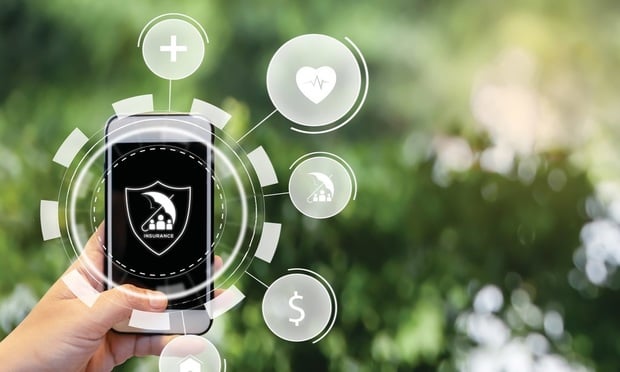Last month, I attended Connected Car Insurance USA 2017 in Chicago with my Octo Telematics team. The show is always a sell-out event, and for good reason: It is the largest and most informative forum for executives from across the connected car and auto insurance industries.
Related: How telematics can help reduce auto accidents
There was plenty of lively discussion about the future of insurance and the impact of the Internet of Things (Iot) on the decisions insurers make today. Technology is the driving force in the evolution of insurance, and the future livelihood of insurance agencies. While existing tech is still valid for the market sector — take, for example, using OBD 2 adapters to remotely monitor driving behavior and car diagnostics — and is still used for specific projects or risk segments, the market is evolving to a new stage. Considering the mass market and penetration of smartphones, a new wave of insurers are using smart phones for usage-based insurance (UBI) — in some cases, the addition of sensors with higher quality, reliable data is also driving interest. For example, we saw a lot of interest in our recent launch of Glimpse Plus because it is a hybrid solution with smaller, cheaper sensors yet more reliable, high quality data than smartphone-only solutions.
While UBI continues to grow, there is no doubt that the next wave coming in insurance is around the benefits of telematics for claims. It will be the tipping point of telematics. When insurers know how to use telematics in this manner, the benefit is significant. In fact, recent showed that telematics data is two to three times better and more predictable than financial data such as credit history for pricing.
At the show, both Towers and Progressive mentioned that this data is more viable than what insurers traditionally use for pricing.
Telematics gives insurers a complete understanding of a crash — even if only one vehicle involved has the technology. Telematics provides a much deeper set of data that allows insurers to understand every element of a crash much better than ever. Insurers can even understand intricacies such as the force of an impact, and thus the likelihood of things like whiplash — an oft-common claim — and soft tissue injury. Data analytics will be critical to understanding what happened — and determining liability — as the automotive industry evolves. Even, if say, a driverless car collides with a pedestrian.
Related: 8 ways telematics will shape insurance agencies in 2017
Other key issues discussed at the show included:
-
-
-
-
- Distracted driving: I spoke on a Distracted Driving panel to share information about how telematics can help monitor and change distracted driving behavior and help insurers to more accurately price based on individual scores. With telematics providing feedback to drivers on their overall driving habits, they learn to practice safer driving — less hard braking, less tailgating and so on — and telematics can also help with safer routes, understanding of crash events, and even to maintain safer vehicles.
- Future proof telematics: Octo's global CMO Jonathan Hewett was a keynote speaker. He addressed the ways insurers can "ride the digital wave," claim a leadership position by aligning investments from policy center to agency center, and unlock the power of advanced analytics, AI and on-demand services.
- Claims automation: We participated in "The Next Step for Claims is Automation" panel with John Heffernan, Octo's senior sales director for North America, Luke Harris from Metromile, Dawn Mortimer from Verisk Insurance Solutions and Roger Lanctot from Strategy Analytics.
- The price of autonomous safety: Analyzing whether sensors make more sense and how to calculate vehicle risk as advanced and expensive tech, such as computer vision and omnidirectional cameras increases safety ratings and vehicle costs.
- UBI ecosystem expansion: How to monetize and prepare for game-changing revisions of auto insurance pricing.
-
-
-
Thank you to TU Automotive for another great show! We hope everyone enjoyed their time as much as we did.
Nino Tarantino is CEO of Octo Telematics North America. The opinions shared here are his own.
See also:
Want to continue reading?
Become a Free PropertyCasualty360 Digital Reader
Your access to unlimited PropertyCasualty360 content isn’t changing.
Once you are an ALM digital member, you’ll receive:
- Breaking insurance news and analysis, on-site and via our newsletters and custom alerts
- Weekly Insurance Speak podcast featuring exclusive interviews with industry leaders
- Educational webcasts, white papers, and ebooks from industry thought leaders
- Critical converage of the employee benefits and financial advisory markets on our other ALM sites, BenefitsPRO and ThinkAdvisor
Already have an account? Sign In Now
© 2025 ALM Global, LLC, All Rights Reserved. Request academic re-use from www.copyright.com. All other uses, submit a request to [email protected]. For more information visit Asset & Logo Licensing.








